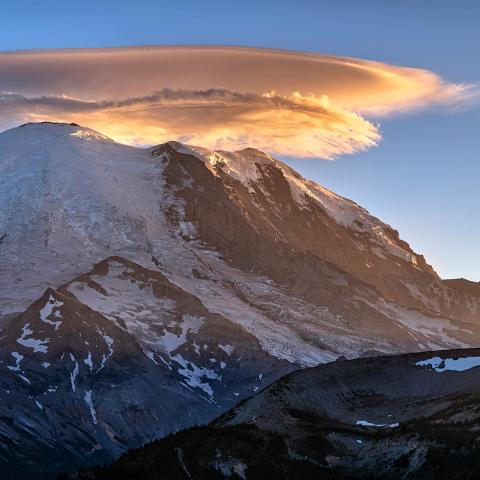Glacier's Golden Chameleons

Though they might look like a conifer, and grow their seeds in a cone, larch can't hide among true conifers when fall comes to Glacier National Park in Montana.
- By NPT Staff - October 10th, 2021 1:45am














